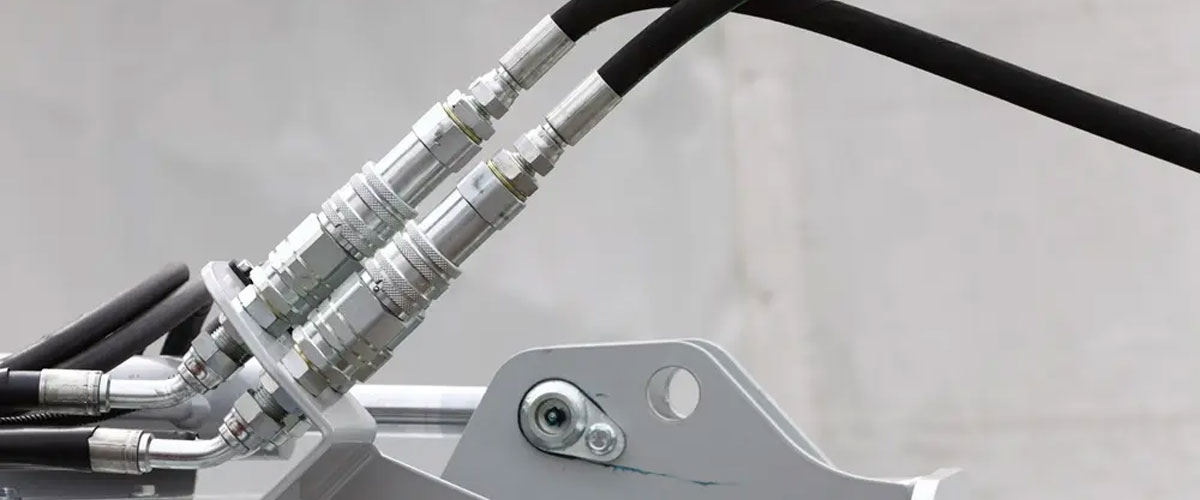Hydraulic Hose Safety Tips for Operators and Maintenance Teams

Hydraulic hoses are the lifeblood of many industrial and construction systems, carrying pressurized fluids that power machinery and equipment. However, due to the high pressures involved, hydraulic hose failures can lead to dangerous leaks, equipment damage, and even serious injuries
At Anamta Internationals LLC, safety is a top priority. We supply high-quality hydraulic hoses and fittings, but equally important is ensuring operators and maintenance teams know how to handle and maintain these critical components safely. This blog outlines essential safety tips to help keep your hydraulic systems running smoothly and securely.
Why Hydraulic Hose Safety Matters
- Hydraulic hoses operate at high pressures, often exceeding thousands of PSI.
- A hose failure can cause fluid injection injuries, fires, or environmental spills.
- Proper maintenance extends hose life and reduces costly downtime.
- Compliance with safety standards helps avoid regulatory fines and workplace accidents.
Top Hydraulic Hose Safety Tips
Inspect Hoses Regularly
- Check for abrasions, cuts, cracks, and leaks daily.
- Look for bulges, blisters, or signs of internal damage.
- Examine fittings and connections for tightness and wear.
- Replace hoses showing any signs of damage immediately—do not delay repairs.
Use the Correct Hose for Your Application
- Ensure hoses are rated for the pressure, temperature, and fluid type they will encounter.
- Avoid mixing hoses and fittings from different manufacturers unless verified compatible.
- Use hoses with proper reinforcement layers for high-pressure systems.
Proper Installation Practices
- Avoid kinking or twisting hoses during installation.
- Use correct bend radius specifications to prevent premature failure.
- Secure hoses with clamps or brackets to prevent rubbing and vibration damage.
- Ensure hoses are not stretched or compressed during operation.
Wear Appropriate PPE
- Operators and maintenance staff should wear gloves, eye protection, and protective clothing when working near hydraulic systems.
- Never use hands to check for leaks; instead, use a piece of cardboard or wood to detect
spray.
- Be prepared for sudden hose bursts by maintaining safe distances.
Maintain Cleanliness
- Contaminants in hydraulic fluid can accelerate hose wear and cause system malfunctions.
- Use clean fluid reservoirs and filters to prevent dirt and debris buildup.
- Keep hoses and fittings clean during installation and maintenance.
Replace Hoses on Schedule
- Follow manufacturer guidelines for hose service life and replacement intervals.
- Don’t wait for visible damage—hydraulic hoses should be proactively replaced as part of preventive maintenance.
Anamta’s Role in Hydraulic Hose Safety
At Anamta Internationals LLC, we provide:
- High-quality, certified hydraulic hoses and fittings suitable for a range of industrial and construction applications.
- Expert advice on proper hose selection and installation techniques.
- Regular training sessions and safety workshops for client teams.
- Quick replacement and repair services to minimize downtime.
